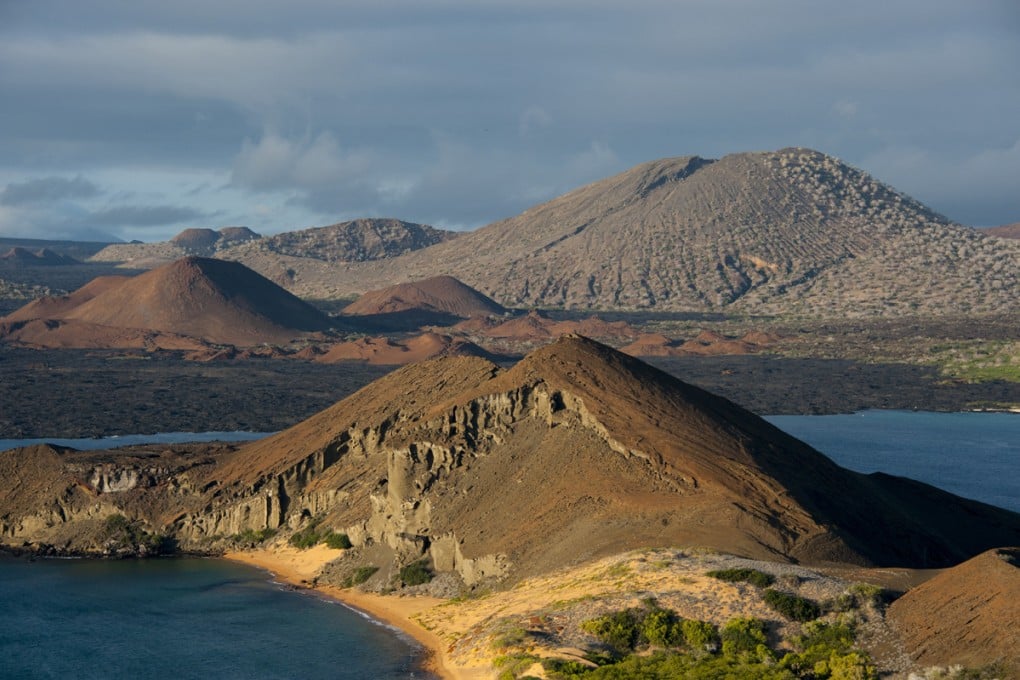Evolving Darwin’s big theory
Charles Darwin’s work on natural selection rocked humanity’s view of itself in 1859, and laid the foundation for modern science. Now a Hong Kong-based geologist has refined the great naturalist’s findings, writes Paula Campbell

The Galapagos Islands – and their contribution to Charles Darwin’s theory of evolution through natural selection – have played such a central role in the development of our modern identity it seems there ought to be little left about them to discover. But research led by University of Hong Kong geologist Jason Ali and published on Thursday may have solved a puzzle left half-answered by the great naturalist himself.
When Darwin, a geologist by training and inclination, reached the cluster of islands 900 kilometres off the west coast of Ecuador in 1835, deep fissures had already opened up in Victorian society’s understanding of the relationship between their creator and the physical world. It was during the 19th century that the Age of Reason’s curiosity and desire to question the unknown turned into an obsession with counting, collecting and qualifying.
When faced with thorny, existential problems, we humans have always woven stories to hang over the gaps in our knowledge. Tradition and ignorance often preserved these tapestries for centuries.
One such problem had been to explain the sheer abundance and diversity of the natural world.
“Each little flower that opens, each little bird that sings, He made their glowing colours, He made their tiny wings,” Cecil Alexander resolved in her 1848 hit hymn All Things Bright and Beautiful.
If not God, then how?
Enter the world’s islands. Although, by definition, they’re isolated by often deep channels of water, all are populated – however poorly – by life forms of some kind.